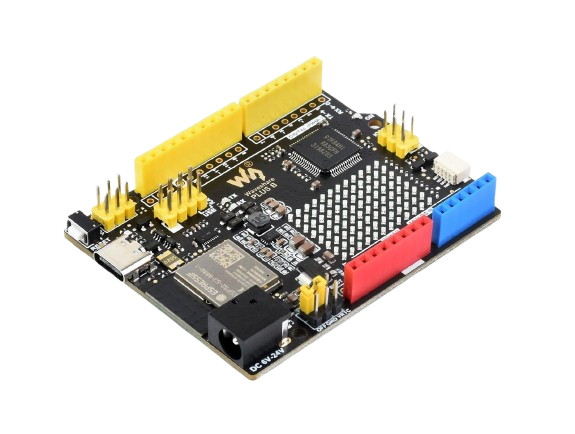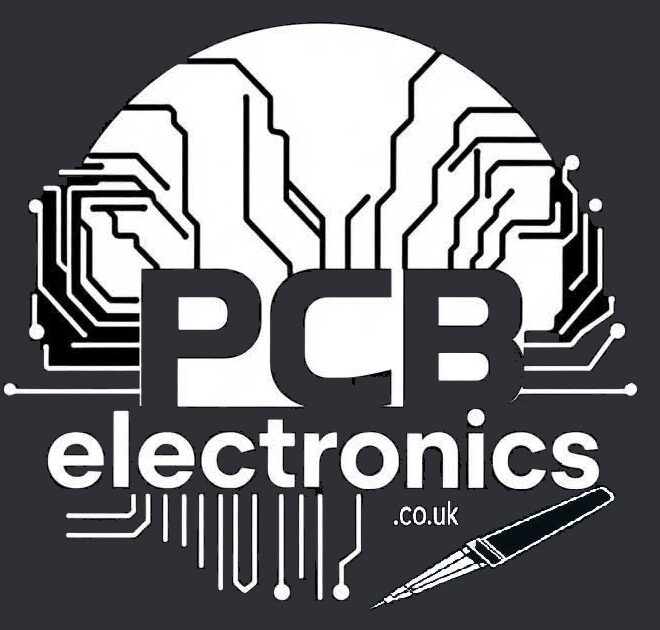The New Arduino Uno Rev 4: A Leap Forward in the World of Microcontrollers

Arduino has long been synonymous with DIY electronics, open-source hardware, and a rich community of hobbyists and professionals alike. The release of the Arduino Uno Rev 4 marks a new chapter in the evolution of the platform, bringing more power, flexibility, and ease of use to the forefront. As the latest iteration of the beloved Arduino Uno, the Rev 4 promises to be a game-changer for developers and makers who rely on the Uno for everything from simple prototypes to complex embedded systems.
In this blog post, we’ll explore the key features of the Arduino Uno Rev 4, the improvements over previous models, and how it fits into the broader landscape of microcontroller development.
A Brief History of the Arduino Uno
Before diving into the new features, it’s worth taking a moment to appreciate the legacy of the Arduino Uno. Since its launch in 2010, the Uno has become the most popular Arduino board, thanks to its versatility, ease of use, and affordability. It’s powered by the ATmega328P microcontroller, which is capable of handling a wide range of tasks with the help of Arduino’s simple programming environment.
The Uno has been the starting point for countless makers’ journeys into the world of electronics and embedded programming. Over the years, the Arduino team has released various versions, each bringing incremental improvements. The Arduino Uno Rev 4, however, represents a significant leap forward, both in terms of hardware and software capabilities.
What’s New in the Arduino Uno Rev 4?
1. Improved Microcontroller: ARM Cortex-M4 Core
The most significant update to the Arduino Uno Rev 4 is the change in the microcontroller. While the previous Uno models featured the ATmega328P, the Rev 4 is powered by the SAMD51 microcontroller, based on the ARM Cortex-M4 architecture. This shift to a more powerful 32-bit processor offers significant performance boosts, including:
- Higher processing power: The SAMD51 offers clock speeds up to 120 MHz, compared to the 16 MHz of the ATmega328P, making the new board much faster and more efficient for processing complex tasks.
- Better memory management: The SAMD51 features more RAM and flash memory, allowing users to run more complex programs and store more data directly on the board.
- Floating-point unit (FPU): The ARM Cortex-M4 includes an FPU, making it ideal for computational tasks involving floating-point arithmetic (e.g., signal processing, advanced mathematics).
This new microcontroller makes the Arduino Uno Rev 4 ideal for applications that require more processing power, such as robotics, IoT, machine learning, and data logging.
2. Enhanced Connectivity: USB-C and More I/O Pins
In response to modern trends in connectivity, the Arduino Uno Rev 4 introduces the USB-C port for faster data transfer and more reliable connections, which has become the standard for many new devices. It also improves power management, supporting a range of input voltages, which is particularly useful when powering projects with varying power requirements.
Additionally, the Rev 4 brings several extra I/O pins (inputs and outputs), allowing more sensors, motors, and components to be integrated into your projects without requiring external multiplexers or additional expansion boards. This is a significant upgrade for makers who need to work with larger systems and require more available pins.
3. Expanded Power Management
Another notable improvement is the enhanced power management system. With multiple voltage rails (3.3V and 5V), the Arduino Uno Rev 4 can power components that require different voltage levels. The improved power circuitry also supports battery-powered projects more effectively, making it easier to build standalone, mobile devices that can operate for extended periods.
The Rev 4 and Software: Compatibility and Flexibility
Arduino’s popularity isn’t just due to its hardware but also its software, and the new Arduino Uno Rev 4 is fully compatible with the Arduino IDE (Integrated Development Environment). The board is also compatible with Arduino CLI (Command Line Interface), allowing advanced users to write scripts for automation or integrate with custom development environments.
Moreover, the board is backwards-compatible with most existing Arduino Uno shields and accessories, meaning users don’t need to worry about compatibility with the vast library of Arduino components and resources that have built up over the years.
1. Support for External Libraries
With the additional processing power of the ARM Cortex-M4, the Rev 4 can handle more complex external libraries that might have been too demanding for the older microcontrollers in the original Arduino Uno. This makes it ideal for projects that require external devices like cameras, motors, or advanced sensors.
2. Advanced Debugging Capabilities
For developers looking to create more sophisticated embedded applications, Rev 4 introduces advanced debugging capabilities, allowing users to diagnose and troubleshoot their code and hardware with greater precision. This feature is particularly useful for professional developers or those working on critical systems where performance and reliability are paramount.
Arduino Uno Rev 4: Ideal for New Applications
With its improved features, the Arduino Uno Rev 4 opens up new possibilities for a wide range of applications:
- IoT Projects: The extra power and expanded connectivity options make it an excellent choice for creating Internet of Things (IoT) devices, whether for smart homes, environmental monitoring, or industrial automation.
- Robotics: With the enhanced processing speed and extra I/O pins, it’s easier to control motors, sensors, and actuators in complex robotic systems.
- Machine Learning: The ARM Cortex-M4 is well-suited for basic machine learning applications, allowing makers to experiment with edge AI on microcontrollers.
- Audio/Visual Projects: With improved processing capabilities, the Arduino Uno Rev 4 can handle projects that require audio or visual processing, such as audio analysis, visual effects, or sound generation.
Conclusion: A New Era for Arduino Enthusiasts
The Arduino Uno Rev 4 takes the foundation that made the original Uno so popular and elevates it to new heights. With a faster processor, more memory, improved power management, and better connectivity, the Rev 4 is poised to be a vital tool for both hobbyists and professionals working on complex electronics projects.
For existing Arduino users, the transition to the Rev 4 is seamless, thanks to compatibility with the Arduino IDE and the large ecosystem of libraries and shields. Whether you’re working on your next IoT project, building a robot, or diving into machine learning, the Arduino Uno Rev 4 is a versatile and powerful microcontroller that will help bring your ideas to life.
If you’re looking to take your projects to the next level, the Arduino Uno Rev 4 is an excellent choice. It’s not just an upgrade — it’s a whole new way to think about what’s possible with Arduino!
Final Thoughts
With its new features and power-packed capabilities, the Arduino Uno Rev 4 is sure to be a favourite for makers everywhere. Whether you’re a seasoned developer or just starting with embedded systems, this board offers the right balance of performance, usability, and flexibility to make your projects shine. The Arduino Uno Rev 4 is a true game-changer — ready to take your next project to the next level!
